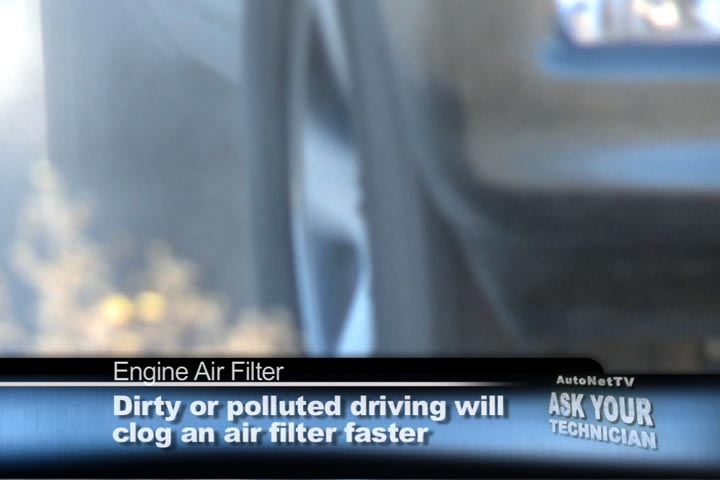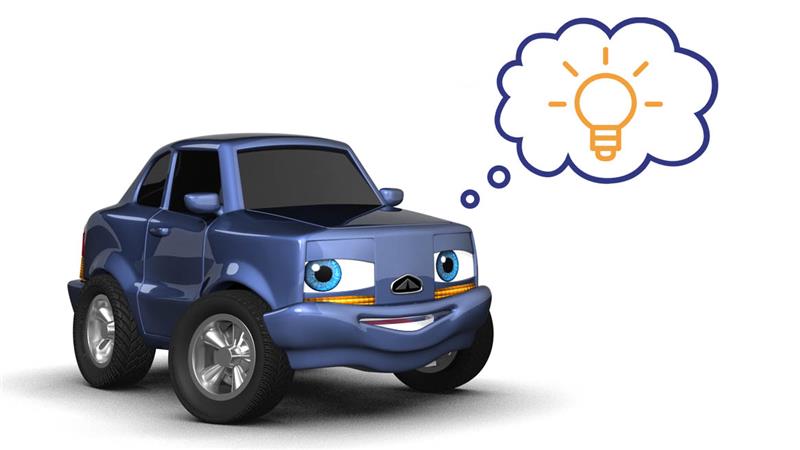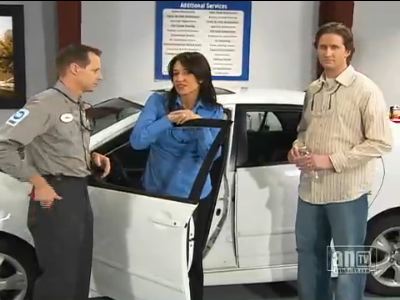Some St. Peter drivers figure that anything they can attach to their trailer hitch can be towed by their vehicle. Nope. If you’re going to do any towing around St. Peter, you should be aware of safety issues, MN towing laws and potential liability.
Understanding tow ratings is important for safe towing. A tow rating is the weight limit that your vehicle can safely tow. They calculate the tow rating for every vehicle, but different options on the vehicle can affect that rating. St. Peter drivers need to read the towing section in their owner’s manual to get the specific tow rating for the vehicle they own.
Your trailer hitch also has a weight limit, and it may not match the tow rating for your vehicle. Your vehicle may be rated for 10,000 pounds (4,500 kg), but if you have a 2,000-pound (900 kg) hitch limit, you shouldn’t be towing more than 2,000 pounds (900 kg). If you tow a 10,000-pound (4,500 kg) trailer on that hitch, it could break free and you would be liable for any resulting damages.
Another example, one popular pick-up truck has a tow rating of 10,300 pounds (4,600kg). But in the owner’s manual, it specifies that a sway control device be used for trailers weighing over 2,000 pounds (900 kg) and that a weight-distributing hitch is required for trailers over 5,000 pounds (2,300 kg). If the vehicle owner tows a 6,000-pound (2700 kg) trailer without a weight-distributing hitch and ends up in an accident, the owner will be held liable for not complying with the towing requirements in MN.
St. Peter auto owners also need to keep in mind that tow weights include the weight of passengers and cargo inside the tow vehicle. So if your tow rating is 7,000 pounds (3,200 kg), and you’re carrying 700 pounds (320 kg) of passengers and cargo, you can only tow a trailer weighing up to 6,300 pounds (2,880 kg).
Two numbers that St. Peter drivers should be aware of are the GVWR and the GCWR. These codes are usually imprinted on the inside of the driver’s side door. GVWR stands for gross vehicle weight rating. Take GVWR and subtract the total weight of the vehicle, and you have the maximum weight the vehicle can safely carry in passengers and cargo. GCWR stands for Gross Combined Weight Rating. Take that number, subtract the weight of the tow vehicle and the trailer, and you have the maximum weight of passengers and cargo that the tow vehicle and trailer together can safely carry.
This may seem a bit complicated, but you ignore these ratings at your own peril. If you haul or tow loads over the maximum ratings around MN, you become liable in event of an accident.
Local St. Peter laws require that safety chains be attached when towing a trailer. Some MN jurisdictions may require trailer brakes as well. Others mandate trailer brakes only in certain situations. If you are going to tow a trailer, you should find out the local St. Peter laws regarding trailer brakes and hitches, as well as weight and length restrictions.
To tow safely, MN drivers also need the proper tires on the tow vehicle. Tires need to be in good condition with adequate tread, and they need to have a load rating high enough to handle the weight of the trailer. Your trained Autotronics of St. Peter tire professional can help you select the right tire to use when towing around St. Peter.
Your ‘s owner’s manual is your primary source for auto advice regarding towing since it is specific to your vehicle. Be sure to read it carefully before doing any towing. And as always, keep your preventive maintenance up-to-date, and practice good car care to ensure the safety of your vehicle on the road—especially when pulling a trailer.
Autotronics of St. Peter
111 Jefferson Avenue
St. Peter, MN 56082
507.934.9290
http://autotronicsstpeter.com


